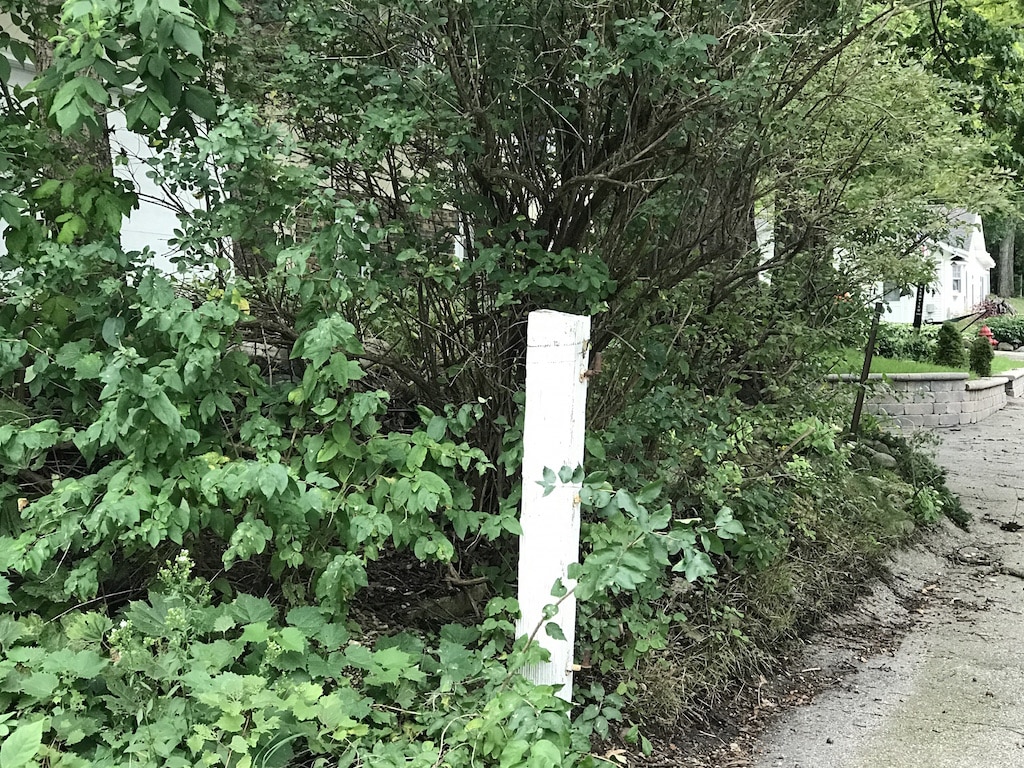In the northern reaches of this state, where monuments to large men and larger fish draw worshippers and summer starts and ends in the span of barely more than a month, there are two seasons. Sugaring season, and the other season. If you’re of the persuasion, that is. Maple trees freely offer their sap for a couple of weeks each early spring, causing the men and women to take to the woods and spend their days and nights in their sugaring shacks. They’ll collect and boil, collect and boil, and soon enough they’ll have have enough maple syrup to last a few days, maybe more. It depends on the season.
In those same woods, but farther north, there’s another season. This one overlapping with the sugaring, and running both in the fall and the spring. It’s still one season, mind you, no matter if it comes around twice in the same calendar. For a while at the start of winter and the end, and at least a bit of the in between, the rainbow trout run out of these great lakes and into so many little streams. They charge in on the first heavy fall rain, and again on the first early spring melt, intent on fulfilling their reproducing responsibilities. The men of the area go out to catch them, the better men throwing flies of varying sizes and intentions, the lesser men reeling back in large spoons or worse, soaking sacks of spawn on the bottom down line from a heavy hunk of lead.
A bit after the steelhead start, the whitetail rut, another season for another group. Cautious animals abandon that deep seated instinct to chase a more meaningful goal. A doe scatters and bucks chase, while the men who aren’t fishing paint themselves with markers and drizzle urine on their clothes before scaling trees to sit so very still for so very long. Maybe a buck will snort and scratch its way down that path, the one that the hunter cut in August for that very purpose. Maybe the buck will come close enough so the arrow or the slug will find its fleshy target. Maybe it won’t. I’ll cheer for the hunter in theory and out loud, while I quietly but fervently root for the buck.
Down south, another season for another set. Morel season comes and morel season goes, and most of the world is blissfully, but ignorantly, unaware. If a morel is harvested, then ten thousand more wither in their place. This haunts the morel hunter, and the need to capture as many mushrooms as possible in such a short, temperamental window dictates swift and decisive action. This is no prey, in the sense that the hunter and the fisher aim, but it is as confounding of an opponent as the most wary buck or skittish steelhead. This season lasts but two weeks, maybe three, and as soon as it starts, it’s over. The hunter must prepare, the hunter must pounce, and the hunter must endure the threat of ticks and the anguish that can come from pretending to be unaware of private property boundaries.
Here, too, there’s a season. Just one, really. Off of Geneva Street, just east of the beach, there’s a small road that runs from the north and towards the south from the start of Cedar Point Park and just barely into it. It’s a short road, stubby. An unnecessary road, one that everyone could do without. In preparation of summer time, the village drops a gate there, for some reason or another, to keep passersby from wandering down that little road. There is no celebrity residing there, no special or unique house worthy of protection. It’s just a road. And in the summer, it’s blocked off. But after Labor Day, the gate is removed, and the thoroughfare of Bayview Road is once again connected to Geneva Street. In Williams Bay, there are only two seasons. It’s either Bayview closed or Bayview opened, and I don’t have a particular preference.

